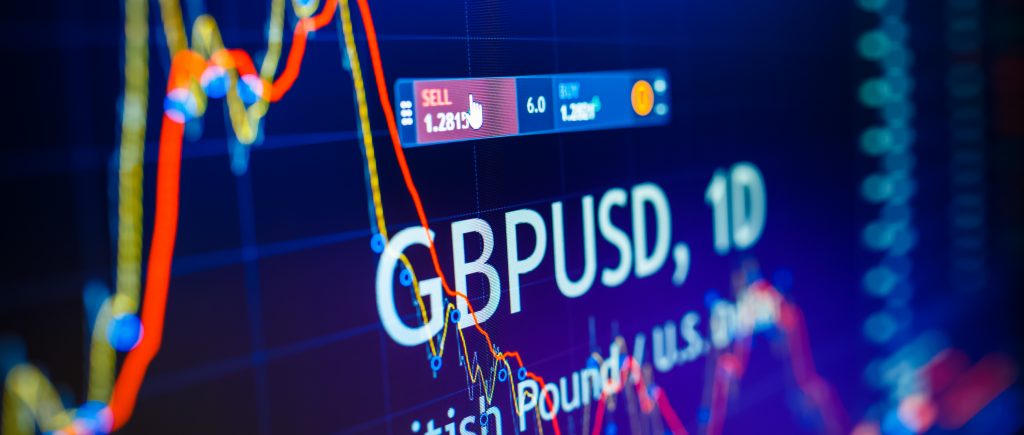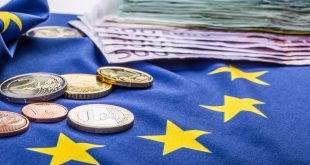The British Pound (GBP) plummeted against the US Dollar (USD) on Thursday, shedding nearly 1% after the Bank of England (BoE) delivered a surprise interest rate cut. The GBP/USD pair tumbled to a low of 1.2359, reflecting the market’s reaction to the BoE’s unexpectedly dovish stance and subsequent forecasts of significant further easing.
The BoE lowered its key interest rate by 25 basis points to 4.5%, a move that caught markets off guard, especially given that two members, including a previously hawkish policymaker, voted for an even larger reduction. This action signals a strong belief within the BoE that more aggressive monetary easing is required. The rate cut triggered a substantial drop in the Pound, with investors now pricing in expectations of considerable further easing by the end of 2025. The move below the 1.2400 level underscores the prevailing bearish sentiment towards the GBP.
Alongside the rate cut, the BoE released updated economic forecasts, projecting modest economic growth of just 0.75% and a rise in inflation to 3.7%. Governor Bailey indicated that additional rate cuts are likely, but stressed that decisions will be made on a “meeting by meeting” basis. Despite recent increases in headline inflation, he expressed confidence in the “continued gradual easing of underlying inflationary pressures.” The contrasting monetary policies of the BoE and the US Federal Reserve (Fed) are likely exacerbating the GBP’s decline, as the Fed is expected to hold rates steady, making the USD a more attractive investment.
While US jobless claims data released on Thursday were slightly weaker than anticipated, they were largely overshadowed by the BoE’s unexpected policy shift. From a technical perspective, the GBP/USD pair’s fall below the 50-day moving average suggests the potential for further downside movement. A sustained break below the 1.2400 support level could pave the way for a retest of the February 3 low. Conversely, if the pair manages to hold above 1.2400 and subsequently climbs above the 50-day moving average, it could signal a potential recovery. Looking ahead, key drivers for the GBP/USD pair will include upcoming UK economic data, particularly speeches from BoE officials, and US data releases such as Nonfarm Payrolls.

 Noor Trends News, Technical Analysis, Educational Tools and Recommendations
Noor Trends News, Technical Analysis, Educational Tools and Recommendations




